Applying for certification for Tree Campus involves a very enjoyable day of taking stock of the previous year. They ask about tree plantings, removals, dollars spent, volunteer hours, and community service projects. During a terribly boring snowless winter, it was nice to sit down and revel in our accomplishments during the previous growing season.
2011 was a banner year for tree planting. With the Forest renovation, the CFA renovation, our normal tree planting program, and the Atwater Turf Battle construction, Middlebury planted nearly 100 trees on campus this year.
We’ve had to remove some too. Storms and hazard tree removals are the most common culprits, although occasionally construction takes it’s toll as well. (It’s this reason I get lots of input from many people before planting, including managers in Facilities and the Master Plan Implementation Committee.) This year 22 trees have been removed.
So our Tree Karma score for 2011 is a very healthy 4 1/2 trees planted for every one removed.
Informally we try to plant 2 trees for every one removed. Our six year karma average is 3.8 trees planted for each removed. I got asked the other day what my favorite trees planted this year were, and thought it was either the Arbor Day planting, the large trees planted around Ross Commons, or maybe the rare trees planted to the west of Munroe, including a Stewartia, a variegated Tulip tree, and a rare yellow Magnolia. Or maybe the disease resistant elm in Adirondack Circle. But how can I single out one child over another?
We’re planting this spring too, mostly locally grown trees, in various locations all over campus. There is a method to our madness, we don’t just randomly plunk trees down all willy-nilly. One example is this year’s Arbor Day planting, just north of Battell. That awkward little triangle of grass lets Battell Beach lose it’s structure on that corner, and the space of the beach bleeds into the quad in front of La Chateau. The trees planted there will form a wall of sorts, segregating two spaces, and probably extending the usable lounging space of the edge of the beach.
(Not making any sense, am I? The next good beach day, go look at where people are laying out on Battell Beach. The southeast corner, down by Forest hall, along the southern edge, near the Forest hall sidewalk and some pretty spectacular ash and beech trees, or along the base of the slope that heads up to Pearson hall. Think about all those spaces. Psycologically, they are all protected–your back is up against a building, or a line of trees, or a slope. The northeast corner, near Chateau? No wall, no back, just open space across the sidewalk. Almost no one sits there, preferring instead to be near the line of spruces on the north end of the beach.)
Other places trees get planted are near trees that are dying, albiet slowly. I don’t like removing trees, and it makes me feel better to know when I do remove a tree I’ve already got it’s replacement planted and well established nearby. Look for some new trees near the Davis Family Library for this reason.
And by all means, join us today at 1 to plant some more-north of Battell Hall. We’ll allow you to get dirty.

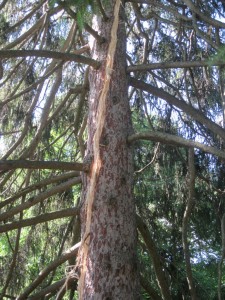
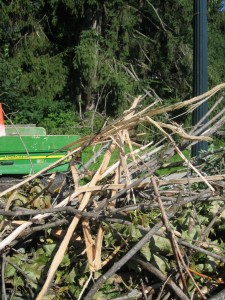
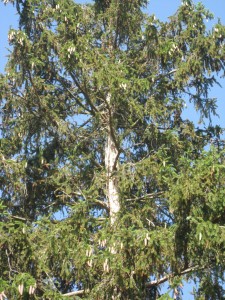
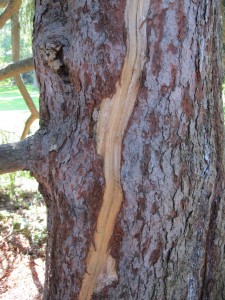
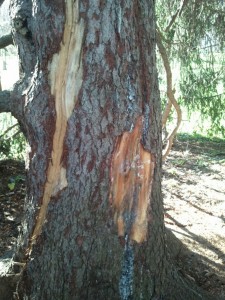
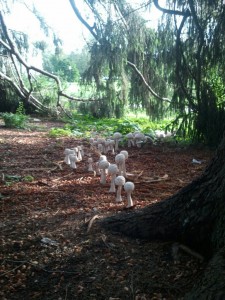
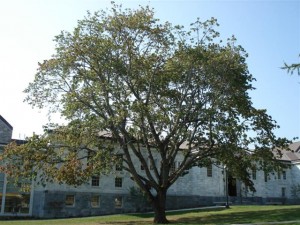
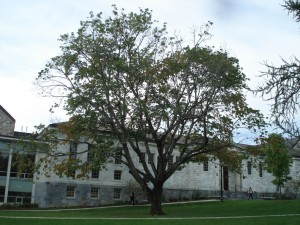
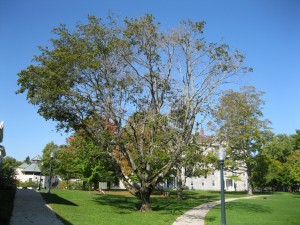
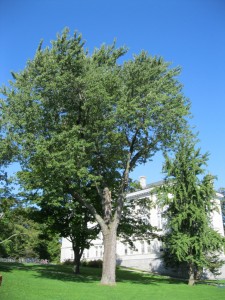
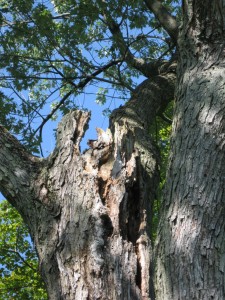
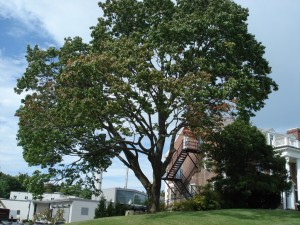
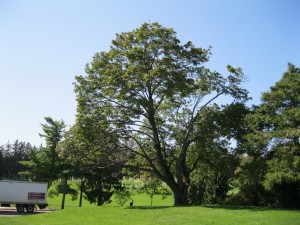
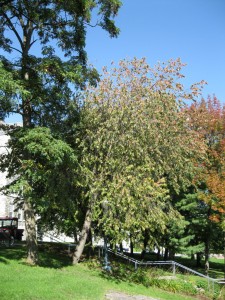
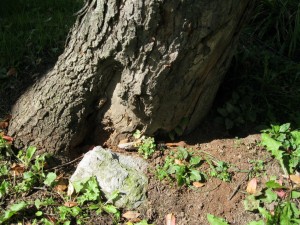

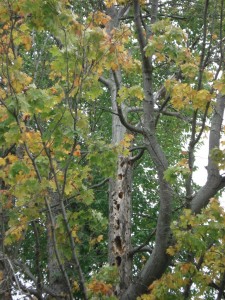
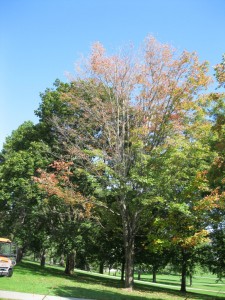
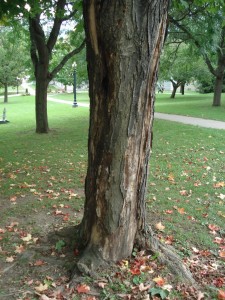
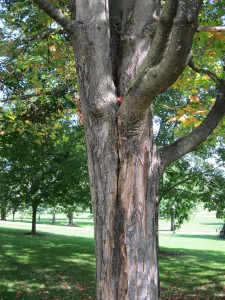
You must be logged in to post a comment.